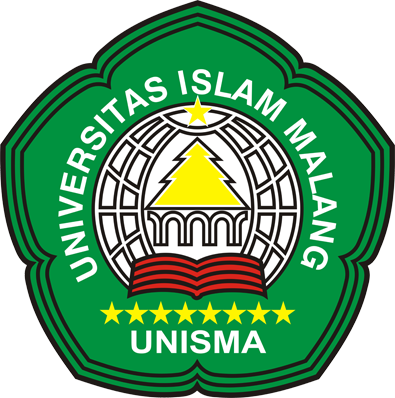Second Language Acquisition in Indonesia written by Imam Wahyudi Karimullah, Universitas Islam Malang (UNISMA), Indonesia
Second language acquisition (SLA) in Indonesia is a dynamic and multifaceted process shaped by the country’s linguistic diversity, educational policies, and socio-cultural factors. Indonesia, with its vast archipelago, is home to over 700 languages, making it one of the most linguistically diverse nations in the world.
Bahasa Indonesia, a standardized form of Malay, serves as the official language and the medium of instruction in schools, providing a common linguistic ground for communication.
The process of second language acquisition in Indonesia is primarily influenced by the educational system. English is introduced as a second language in schools, typically starting in elementary education.
The government has recognized the importance of English proficiency for global communication and economic competitiveness, leading to the integration of English into the national curriculum.
However, the implementation of English language education faces challenges such as a shortage of qualified teachers and uneven distribution of resources across regions.
The role of English in Indonesia extends beyond the classroom. It is often seen as a tool for social mobility and access to better opportunities, encouraging individuals to pursue English proficiency outside formal education.
The popularity of English language courses, private tutoring, and online resources reflects the societal value placed on acquiring English skills.
Cultural and social factors also play a significant role in shaping SLA in Indonesia. The influence of popular culture, including music, movies, and the internet, contributes to informal language learning.
Additionally, exposure to English through tourism and globalization has increased, providing Indonesians with more opportunities to practice and enhance their language skills in real-life situations.
Challenges in SLA in Indonesia include the need for a more immersive language learning environment, especially in rural areas where English exposure may be limited.
Furthermore, there is a continuous effort to bridge the gap between formal education and practical language use, ensuring that learners can apply their language skills effectively in various contexts.
In conclusion, second language acquisition in Indonesia is a complex interplay of linguistic diversity, educational policies, and socio-cultural factors.
The country’s commitment to English language education reflects the recognition of its importance on the global stage, but ongoing challenges necessitate a holistic approach to enhance language learning opportunities for all Indonesians, regardless of their geographical and socio-economic backgrounds.
The literature on second language acquisition in Indonesia covers various aspects such as English language teaching, language exposure, interference of Indonesian grammatical aspects into English, and students’ perceptions of written feedback in second language writing.
A systematic literature review on English language teaching in Indonesian tertiary education settings amidst the pandemic era emphasizes the need for more orientation on empirical studies in the areas of language skills teaching employing technology during and post-pandemic era.
Ellis’s literature review outlines 10 general principles for success in instructed language learning based on findings from diverse studies on second language acquisition.
A study on language exposure and Indonesian secondary students’ language accuracy indicates that language exposure has been empirically evident to enhance language learning, and it examined the relationship among a group of Indonesian secondary students who gain language exposure from various starting periods and their performance.
Another research evaluates the interferences of Indonesian grammatical aspects into English and investigates whether preservice English teachers have transferred the grammatical aspects of Indonesian into English.
Additionally, a study explores Indonesian students’ perceptions of written feedback in second language writing, grounded in sociocultural theory, and focuses on students’ perceptions of written feedback in L2 writing in the Indonesian EFL context.
These studies provide valuable insights into various aspects of second language acquisition in Indonesia, including language teaching, language exposure, interference of grammatical aspects, and students’ perceptions of written feedback.
Citations:
[1] https://www.atlantis-press.com/article/125986923.pdf
[2] https://www.researchgate.net/publication/254583252_Instructed_Second_Language_Acquisition_A_Literature_Review
[3] https://eudl.eu/pdf/10.4108/eai.14-8-2021.2317639
[4] https://files.eric.ed.gov/fulltext/EJ1281648.pdf





